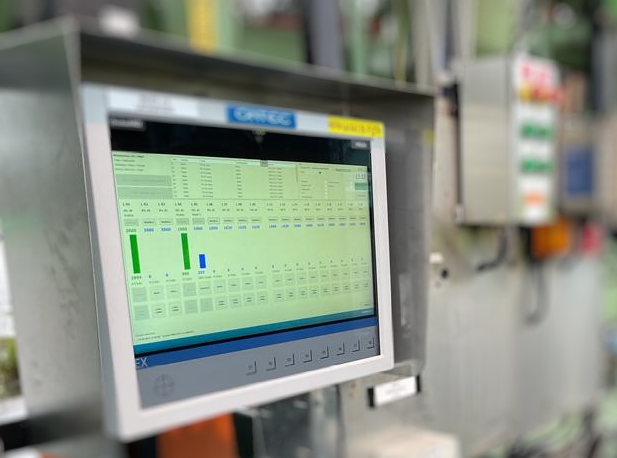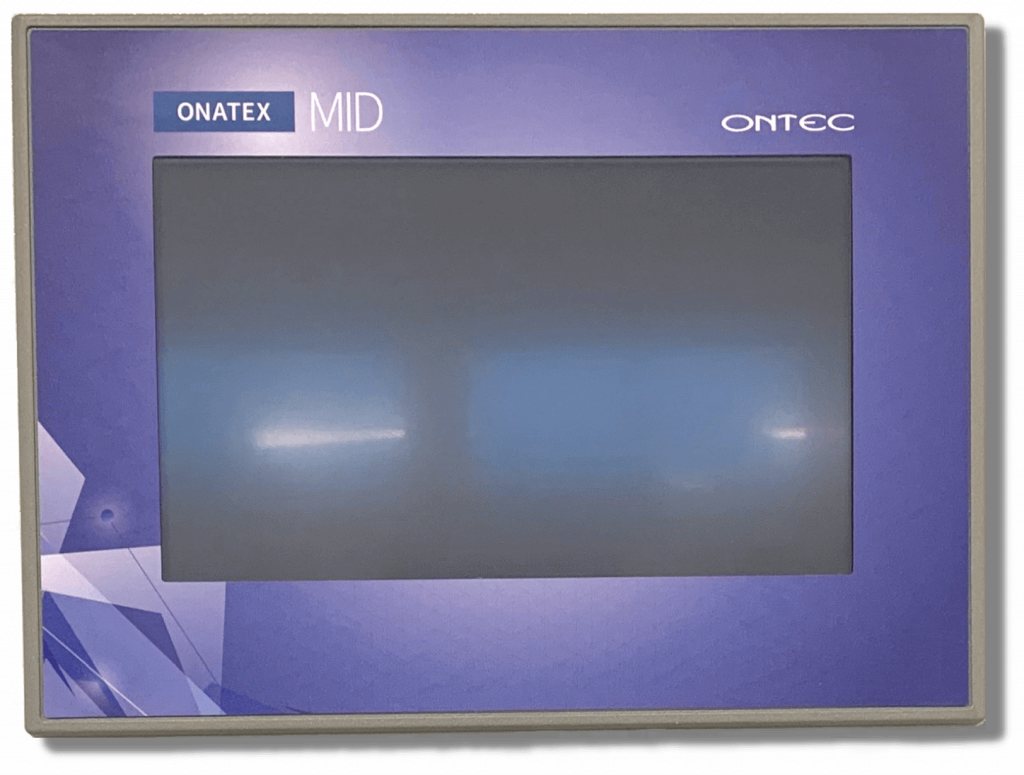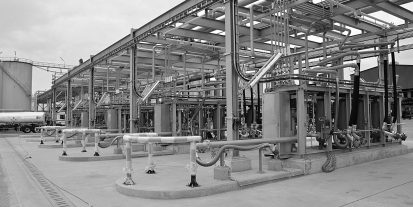The storage of JET A1, more commonly known as aviation kerosene, in large quantities at the airport is not possible or reasonable and for this reason it is important to maintain traffic at the refinery to the airport without disturbance. The process must be accurate, safe, and reliable in all situations. This is achieved through consistent – and well-defined functions, intelligent software and devices designed for very challenging conditions.
This second part of the series of articles focuses on the actions of the driver at the refinery. In the third and final part of the article series, we travel to the airport and go through the process all the way to the tip of the aircraft’s wing.
The journey to the airport continues from the refinery, where the driver waits for his own loading shift in the office space. The OntecFastLane system shows the driver the real-time status of on-going loadings and maintenance operations. When his turn comes, the driver drives to the loading area through the gate. At the gate, an Ethernet-enabled reader that is part of the OntecRTA system checks the access rights of the ID card, registers the transaction and opens the port.

The MiloEx touch screen, developed to control the handling of liquids, can be placed in the ATEX area.
After arriving at the platform, before starting loading, the driver attaches a grounding cable, an anti-overfill and a compressed air hose to the vehicle. Loading begins by identifying yourself with an ID card reader integrated into the MiloEx operating terminal. In connection with authentication, the system retrieves the contents of the load to be loaded to the active display. The driver attaches the loading arm to the vehicle, selects the product and starts loading. As a rule, only one product is delivered to the airport at a time, so loading is clear and simple – both the towing vehicle and the trailer are loaded with JET A1 aviation kerosene.
MiloEx -touch screen:
- – 40….+70 °C operatimg environment temperature range
- Approved ATEX II 2(1)G device class requirement
- OntecRTA -detection integrated into the display
- 21,5″touch screen display, FullHD
- IP66 -rating
- Dustproof
The MiloEx touch screen, developed to control the handling of liquids, can be placed in the ATEX area.
OntecMilo manages both loading and documentation
The OntecMilo loading system is the perfect solution for handling liquids such as fuels, LPG and chemicals. The system is suitable for the treatment of bio-based products such as SAF (sustainable aviation fuel) and other biofuels and blends. The OntecMilo loading system works both individually and integrated with other systems.
OntecMilo loading system
- Cargo management
- Cargo planning
- Product recipe management
- Printing consigment notes
- Control of pumps and valves
- Recipes of additives
- OntecMiloEx ATEX approved touch screen with software
- All basic information: vehicles, sections, users, qualifications etc.
All operations MID-approved
MID approved measurement data carries great significance for the society on the whole. Correct energy taxation is vital for any government. In cases of custody transfer, both the buyer and the seller expect to see MID certified, trustworthy measurement reports of the transaction.
OnatexMID is a Measuring Instrument Directive MID 2014/32/EU compliant with the European Union Measuring Instruments Directive MID MI-005. Ontec took to develop MID products already in 2004. After ten years, Ontec was the first company in the world to develop a MID certified digital connection with flowmeters enabling usage of data of volume, mass and density in a MID approved manner.
The product’s technology is protected from manipulation in a MID-approved manner and the audit-trail guarantees the traceability of all necessary events.
OnatexMID
- MID 2014/32/EU directive approved liquid measuring system
- Measuring volume, mass and density of liquids
- Event saving
- Event tracking
- The system fullfills recomendations and requirements of WELMEC 7.2 and 8.8 as well as OIML R117-1

After loading, the driver automatically picks up the printed cargo-related documents to the office. In the case of jet fuel, an integral part of the documentation is the batch identification of the product, which follows that batch of fuel all the way to the aircraft.


